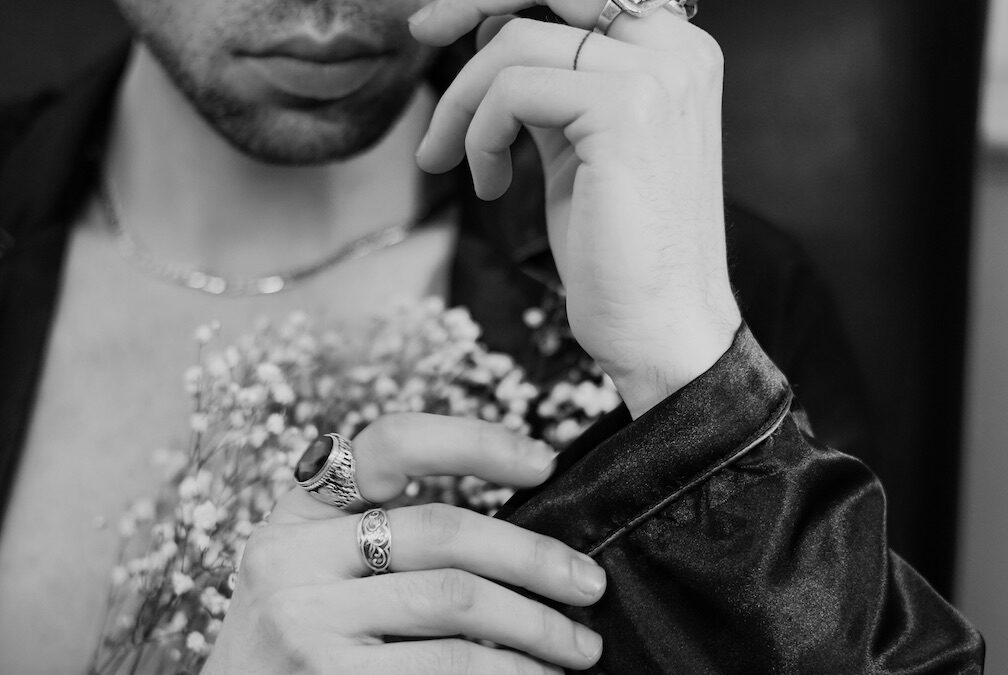By Cara Barilla, Educational Columnist and Journalist
In recent years, there has been a noticeable rise in the popularity of men’s rings in society. From fashion runways to everyday street style, men are increasingly embracing the accessory that was once predominantly associated with women. This shift in perception has sparked a fascinating exploration of the connection between modern men’s rings and ancient tribal rings, bridging the gap between culture, fashion, sustainability, sentiment, and status.
Tribal rings have long held significant cultural and symbolic meanings in various societies around the world. These rings were often crafted from materials that held deep cultural significance, such as bone, wood, or precious metals. They were worn to symbolize identity, social status, religious beliefs, or tribal affiliations. Each ring was a testament to the rich heritage and traditions of the community it represented.
Fast forward to the present, and we find ourselves in a society where men’s rings have become a fashion statement. Modern men are using rings to express their personal style, enhance their outfits, and add a touch of individuality to their appearance. However, what’s interesting is the increasing trend of incorporating elements inspired by tribal designs into contemporary men’s rings.
Sustainability has also become a significant factor in the rise of men’s rings. With a growing awareness of the environmental impact of fast fashion, people are seeking more sustainable alternatives. This has led to a resurgence in the use of ethically sourced materials, recycled metals, and responsibly harvested gemstones in the creation of men’s rings. By embracing sustainable practices, these rings not only reflect the changing values of society but also contribute to the preservation of our planet.
Moreover, men’s rings have gained sentimental value as they become meaningful keepsakes. Just as tribal rings were passed down through generations, modern men’s rings often carry sentimental significance. They may be engraved with initials, dates, or symbols that hold personal meaning to the wearer. These rings become cherished heirlooms, carrying memories and emotions that connect the past, present, and future.
There is a diverse range of options available. Traditional metals such as gold, silver, and platinum continue to be popular choices, representing luxury, sophistication, and status. However, there has been a surge in the use of alternative materials like tungsten, titanium, and stainless steel. These materials offer durability, affordability, and a contemporary aesthetic that appeals to modern sensibilities.
The rise of men’s rings not only reflects changing fashion trends but also signifies a shift in societal norms and perceptions. Men are breaking free from traditional gender stereotypes, embracing self-expression, and redefining what it means to be fashionable. By incorporating elements from ancient tribal rings, men’s rings bridge the gap between past and present, honoring cultural heritage while embracing contemporary style.
Whether it’s through sustainable practices, sentimental value, cultural inspiration, or the choice of materials, men’s rings have become an important accessory that symbolizes more than just fashion. They represent a unique blend of tradition, individuality, and personal expression. As society continues to evolve, it will be fascinating to witness how men’s rings further evolve and shape the narrative of self-expression and style in the years to come.






